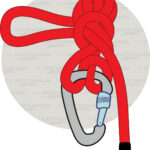The half hitch is one of the simplest knots. It involves wrapping the rope’s working end around an object and tucking it under the standing part.
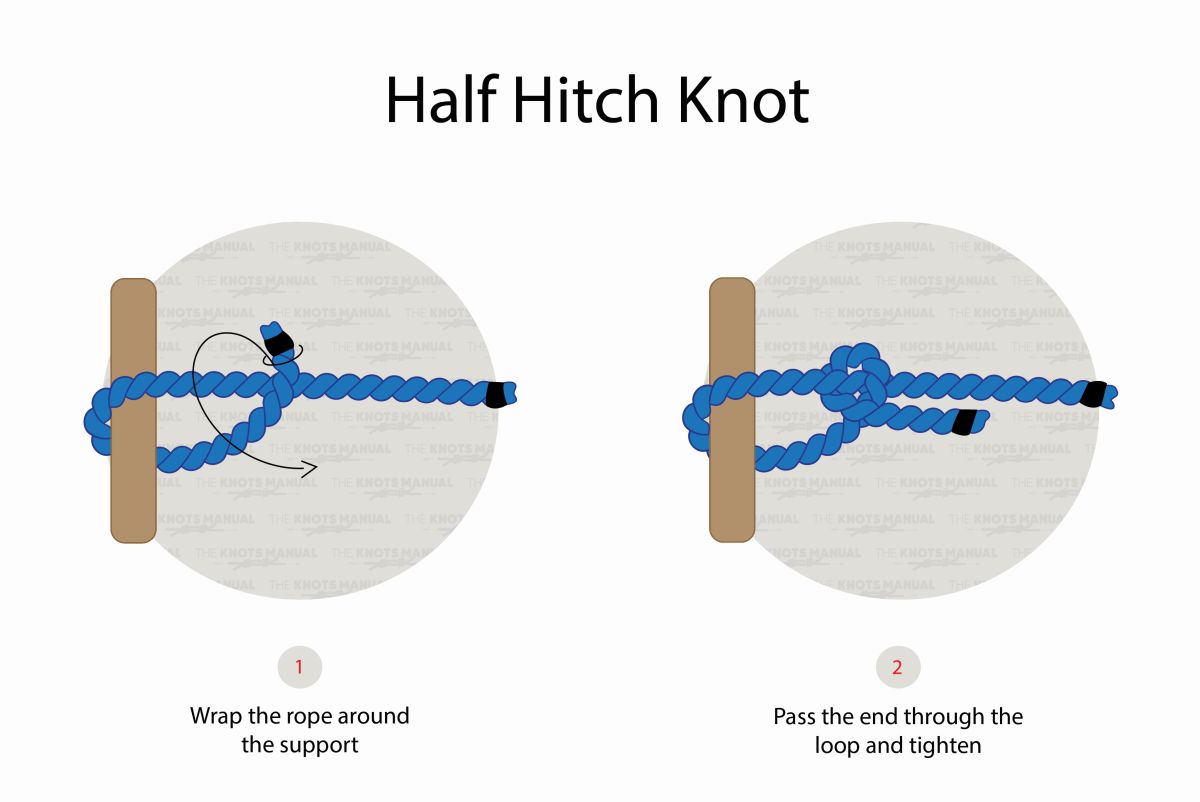
How To Tie A Half Hitch Knot – Step By Step
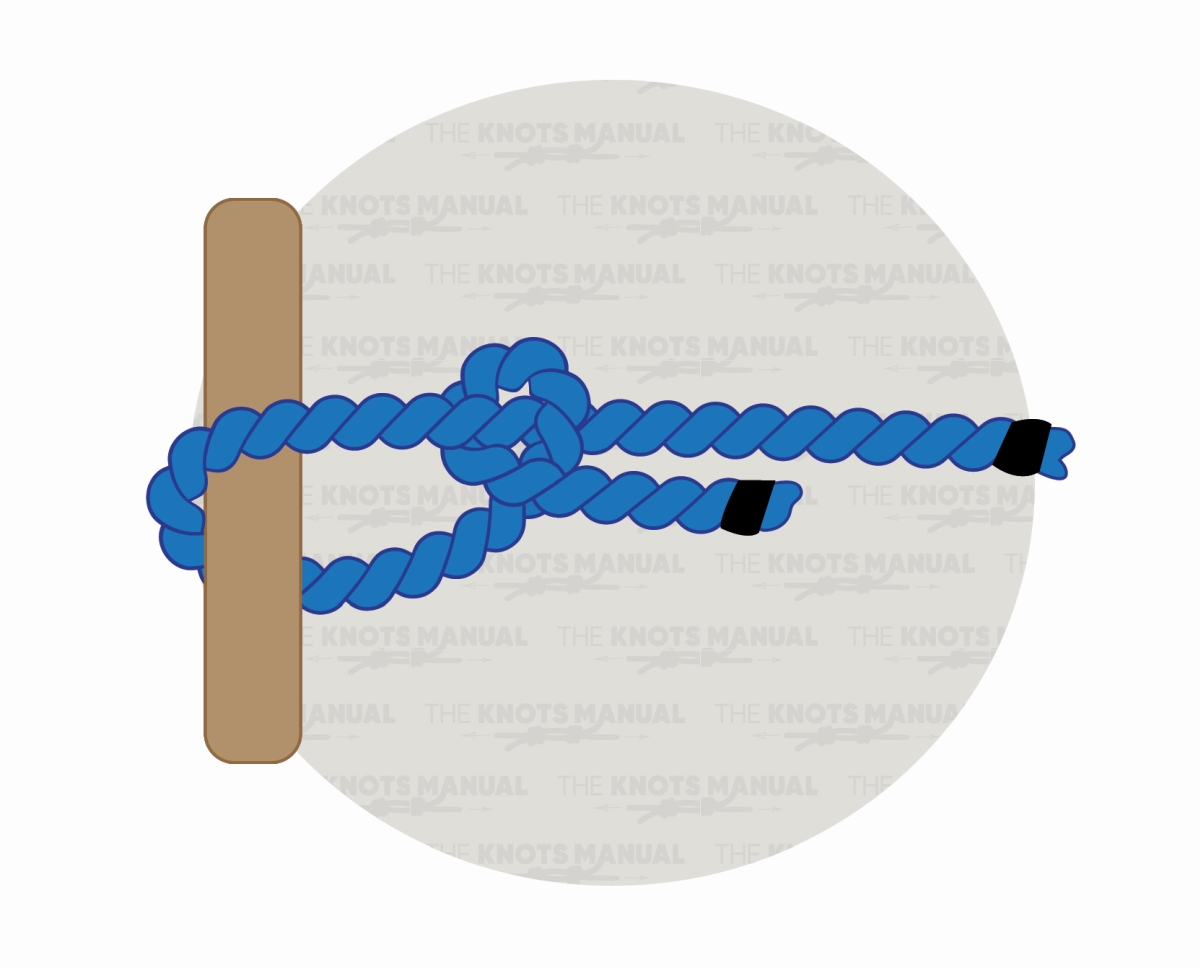
To tie a half hitch knot:
Step 1:
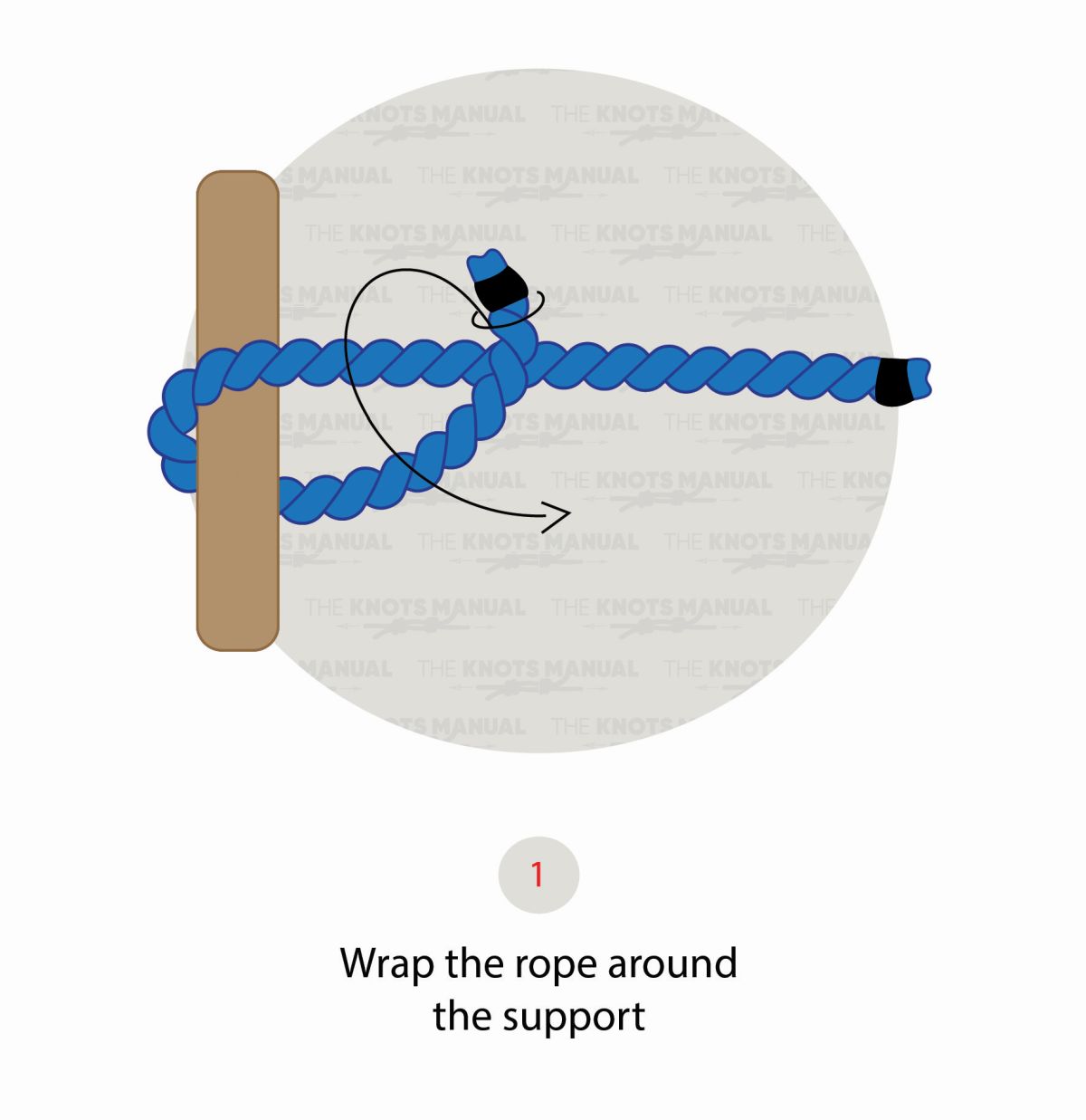
Wrap the rope around the support (object).
Step 2:
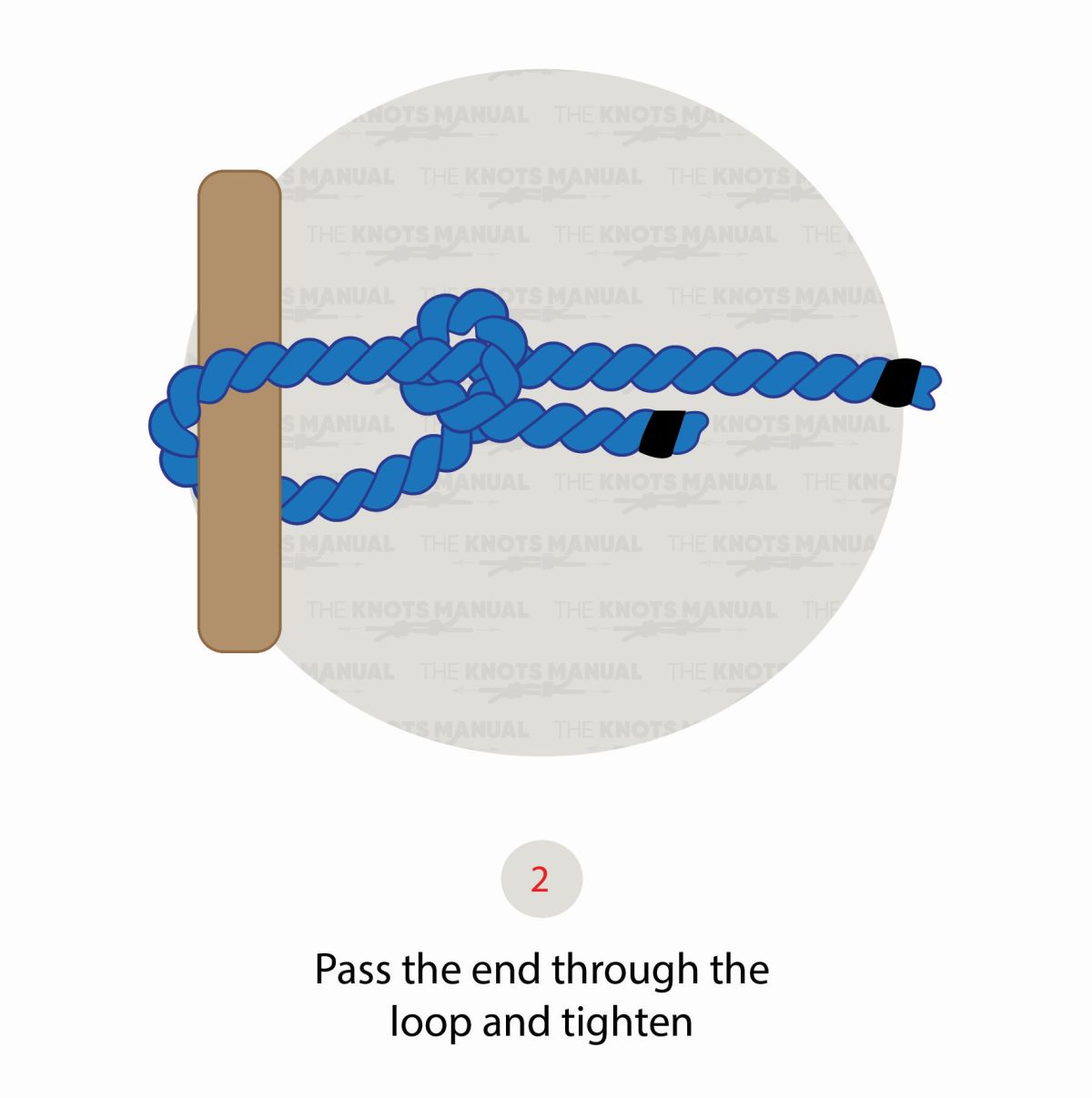
Pass the rope’s end through the loop and tighten the knot around the support.
Variations & Related Knots
| Name | Purpose / Key Trait |
|---|---|
| Two Half Hitches | More secure version for mooring or utility use |
| Slippery Half Hitch | Uses a bight instead of the end for easy release |
| Round Turn & Two Half Hitches | Reduces strain; used for heavy loads |
| Vertical / Spiral Hitch | Decorative macrame designs (e.g. plant hangers, whippings) |
| Alternative Half Hitch | Chain stitch pattern for straps or cords |
| Clove Hitch | Two half hitches in opposite directions; used to fasten lines |
| Munter Hitch | Friction knot for climbing |
| Timber Hitch + Half Hitch | Used together for dragging logs (kelleg hitch) |
ong as tension remains on the knot, but you can easily untie it once you remove the tension. Loggers and arborists use the timber hitch.
FAQs
Can I use a half hitch by itself?
Only in very limited cases—like guiding a timber hitch. Alone, it’s too insecure for load-bearing use.
Is a half hitch the same as an overhand knot?
No. A half hitch wraps around an object; an overhand knot does not.
Is a double half hitch the same as a clove hitch?
No. They look similar but are tied differently and behave differently under load.
What’s the advantage of a half hitch?
Speed. It’s easy to tie and untie, especially useful when combined with stronger knots.
